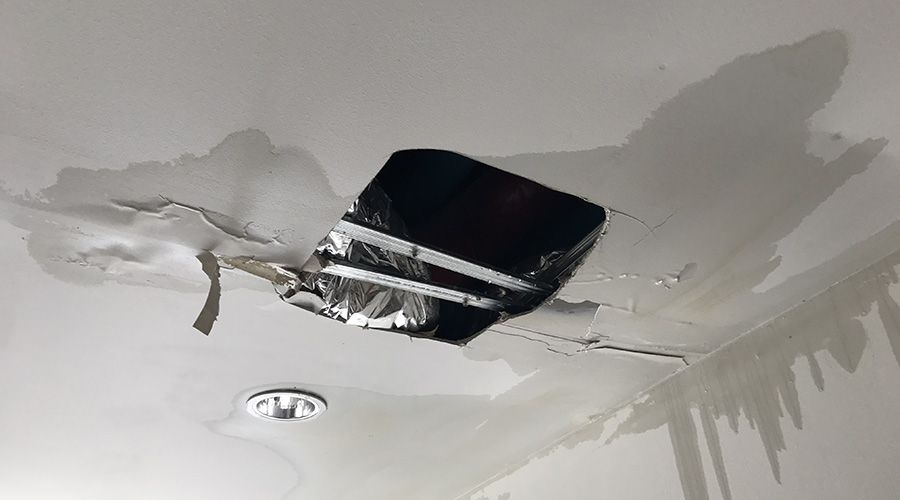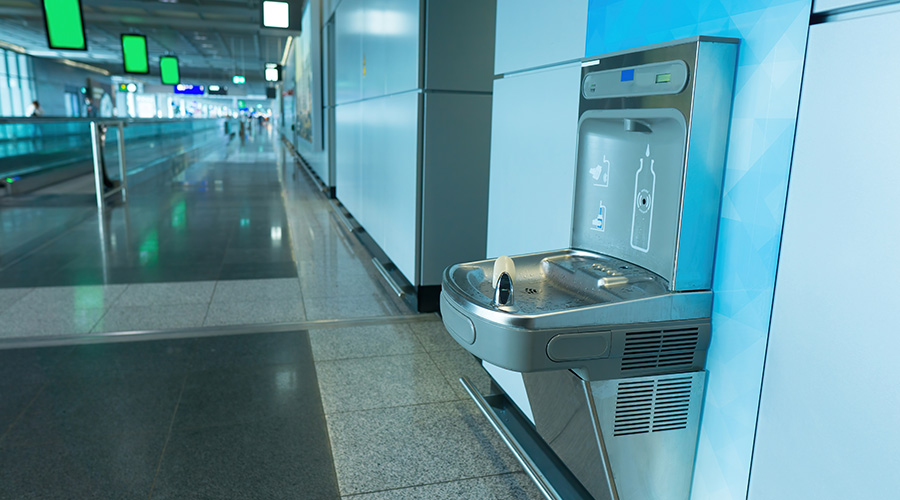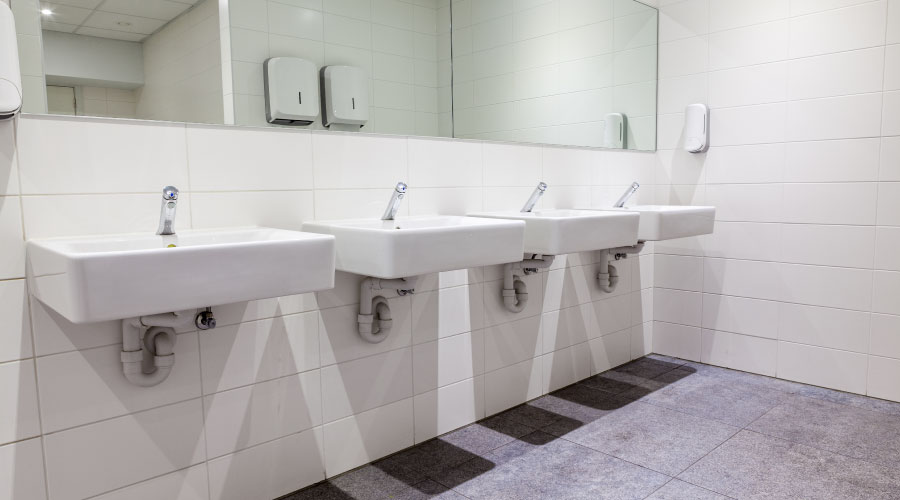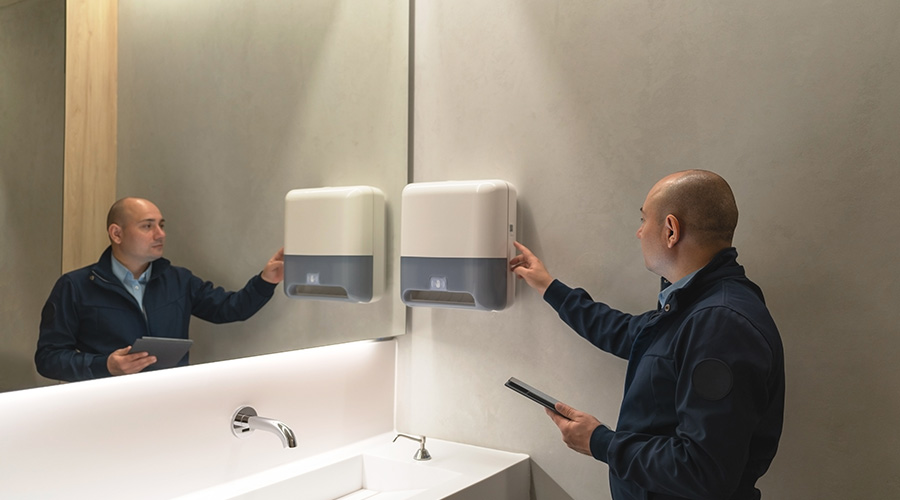Water Leaks: Common Causes
From frozen pipes to drywall screws, facility managers need to know the culprits to prevent leaks
Not all water leaks in institutional and commercial facilities are the same. Some appear within minutes or hours, such as a puddle on the floor under a sink or as a discolored spot on a ceiling tile.
But sometimes the evidence is not as immediate.
Water leaks “can be hidden for days, weeks, months, even years before that evidence shows up,” says Paul Pittman, senior director of engineering services, work dynamics for JLL, adding that they are “a lot more than just the drip, drip, drip at your sink or drip, drip, drip at your outside faucet.
“Water leaks can affect so many different things,” including a facility's electrical, HVAC and fire sprinkler systems, and they can create structural damage and mold buildup.
Locating and repairing water leaks and any subsequent damage can be confounding, complex and costly – think billions of dollars annually – for maintenance and engineering managers, who must monitor a variety of systems, including supply pipes, restroom fixtures and drinking fountains.
“The main challenges we’re facing in facilities management revolve around water-related issues,” says Brian Gougler, senior director of technical services at ESFM, an integrated facilities management services company. Why are there so many challenges in finding leaks?
“Think about where those plumbing lines are located,” Pittman says. “You’ve got them in the wall, you’ve got them in the slab, you’ve got them buried under the ground, you’ve got them overhead in ceiling spaces. You won’t see the leak until there’s evidence of it somewhere.”
Leak culprits
Some causes of water leaks are fairly routine.
“Leaking pipes, corrosion concealed behind walls and aging water systems are among the most pressing concerns,” Gougler says. “Many of the buildings we work with have older infrastructure, which exacerbates these problems.”
Another cause is frozen pipes, which can break and create flooding.
Thom Wellington, president of Wellington Environmental, says his firm recently worked with a hospital in which a sprinkler pipe had burst due to below-freezing temperatures.
“The pipe break was on the second floor of the building, releasing 100 gallons a minute from a point 9 feet off the floor,” he says. “Even after isolating the pipe within 45 minutes, two floors were flooded with gray water. Just imagine in the same case had the leak gone unnoticed for two days.”
Leaks also can result from the so-called usual suspects of plumbing: seals, valves, washers and other components that wear out or malfunction from heavy use, misuse or a lack of use and maintenance.
By contrast, there are some less common leak causes, including water pressure and the material from which the pipes and other components are made. Leaks also can result from mistakes and from nature.
“One culprit of water leaks that is usually overlooked is during renovation where drywall screws pierce a copper pipe located behind a wall,” Wellington says. “This can remain hidden until the screw begins to rust or until the leak, what was just a dribble, now starts to flow and becomes noticeable.”
Pittman includes earthquakes, which can damage water and sewer lines above and below ground, as an uncustomary cause of leaks. Another cause, he says, is water temperature.
“That’s an often overlooked one,” Pittman says. “Some systems that are designed for colder temperature or warmer temperature water … If that water temperature changes, their seals actually start to leak.”
Categories of water damage
The hospital water leak described above by Thom Wellington, president of Wellington Environmental, was classified as a Category 2 event. There are three categories of water that cause damage to buildings, according to the Institute of Inspection Cleaning and Restoration Certification Standard for Professional Water Damage Restoration (IICRC S500):
Category 1 – Sanitary, or clean water: Water from safe, sanitary sources that does not pose an immediate health risk
Category 2 – Significantly contaminated, or gray water: Contains significant levels of bacteria, mold or chemicals and poses health risks
Category 3 – Grossly contaminated, or black water: Contains organisms and toxins that are disease-causing.
A Category 1 event usually can be fixed with a prompt response, Wellington says, but a gray- or black -water event can raise significant challenges.
“If the water loss is deemed a Category 2 or Category 3 event, it affects more than the water systems and changes the entire response process,” he says. “For example, a Category 2 water-loss event requires additional testing for mold or other culprits that affect indoor air quality.
“Timing is of the essence here. Be aware that a Category 1 water loss can result in a Category 2 or 3 classification if the source of the damage goes unnoticed for 24 to 48 hours.”
Related Topics:













